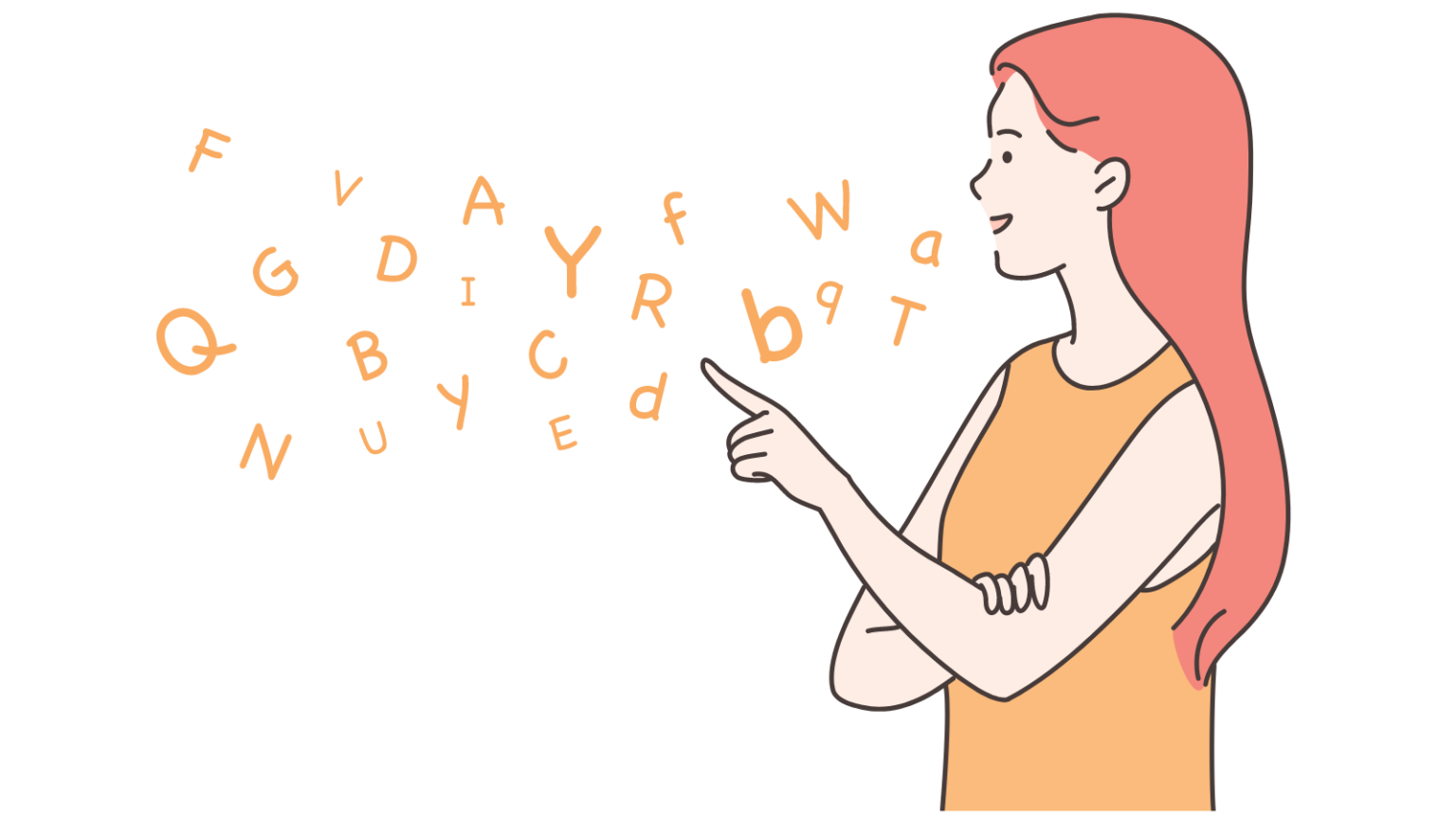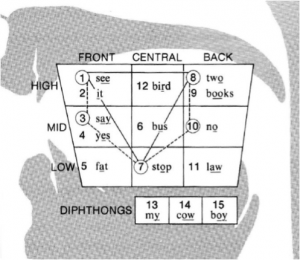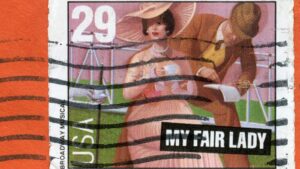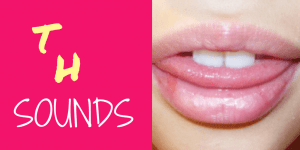The IPA Vowel Chart and Teaching Pronunciation
One spring afternoon in 2001, I was ten steps away from entering my Adult ESL class when a little idea popped into my head. The long vowel sound e is in the color green. Huh. The short vowel sound e is in the color red. Huh! I put blue and black together with the long u and short a respectively before I got to the classroom door. My life would never be the same. I walked into that class, handed out a reading assignment, and asked my students not to bother me. The Thompson Color Vowel chart poured forth over the next twenty minutes. Little did I know, the simple notion of pairing sounds with colors was at least 300 years old, had crossed countless cultures and was pondered by great innovators like Sir Isaac Newton, Ludwig Van Beethoven, Rudolf Stein, Caleb Gattegno and more.
Color Note Chart
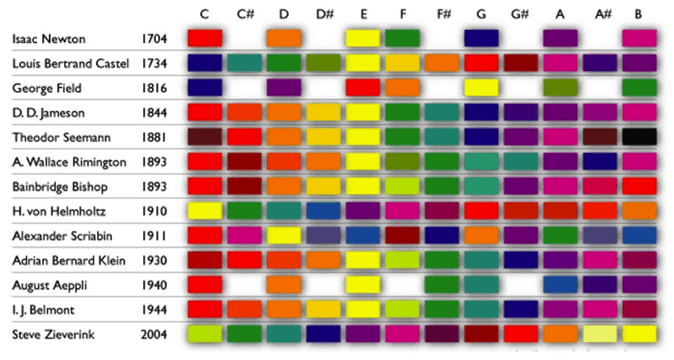
Back in the Day
The parallel between the seven colors of the colors of the rainbow (red, orange, yellow, green, blue, indigo, violet) and the seven-note musical octave (do re mi fa so la ti) was an aspect of Isaac Newton’s ordered world view (Burstein, 1979). Ludwig von Beethoven (1770-1827) took the connection a step further, to an emotional level. He perceived B minor as a black key. It’s easy to appreciate the deep dark sounds of some of Beethoven’s music. And the French symbolist poet Rene Ghil (1885-1904) integrated vowels, colors and music. His Traite du verbe – Etats Successif linked French vowel sounds with colors and instruments.
The Nail on the Head
In the twentieth century, student-centered-learning pioneer Rudolf Steiner advocated a holistic approach to teaching/learning that combined physical movement with auditory and visual stimulation. He remarked that vowels have the quality of singing sounds and included the example, E is long as in green, E is short as in red (Peckham, 1979). Houston: We have contact. I felt a haunting personal connection with Steiner in March 2015 when I read Julianne Finger’s article in which she attributed Steiner with exactly the same thoughts I had had while walking to class in 2001: The long vowel sound e is in the color green. Short vowel sound e is in the color red!
Close but no Cigar
Caleb Gattegno’s (1911-1988) insights into the economics of human learning separated effective from ineffective ways to teach. Gattegno determined that memorization is an ineffective way as even when we make a great effort, we do not always succeed. Renowned ESL teacher Rita Baker developed this idea and practical ways to apply it in the ESL classroom in her Ebook Brain Power. Gattegno created the Silent Way for teaching foreign languages. By color-coding consonants, vowels and consonant vowel combinations, he depicted sounds visually. His color representations had no intrinsic connection to the sounds they represented and ironically, required too much memorization. The Silent Way enjoyed a burst of popularity in the 1960s.
A Wolf in Sheep’s Clothing
A big player in applied linguistics came onto the pronunciation scene in 1886. The International Phonetic Alphabet (IPA) was a bank of symbols that represented every sound human beings make for anyone trying to learn many languages. Unfortunately, it turned out to be a very bad set of symbols for learning English for many reasons.
- ABC symbols are used counter-intuitively for English providing an unnecessary and confusing translation step away from the target language.
- Greek symbols replacing Latin symbols are nonsense replacing nonsense.
- Its complexity meant only advanced students could take Speaking classes
- Pronunciation/speaking classes are not offered in most schools because IPA is too difficult for even teachers to use.
- Greek symbols are not computer compatible. Microsoft spelled the end for IPA.
We can’t find a any studies in its 129 year history that proves IPA helps people speak English.
Communication tools like the typewriter (1867), the telephone (1876) and IPA (1886) were all invented in the later part of the 19th century. Who would dream of using any of these tools to teach today?
The applied linguists and dictionary publishers who embraced IPA set English teaching of pronunciation/speaking back more than a hundred years.
Pronunciation Wakes like Sleeping Beauty from a One-Hundred-Year Nap
In 1979, Joan Morley published Improving Spoken English. Her most valuable idea was attaching key words to vowel sounds which made pronunciation accessible to learners of all levels by obviating the need for a phonetic alphabet. A few years ago, I met a retired Australian teacher on the internet. She had developed a pronunciation system using animals as key words. (I’m sorry I lost her name. If you know her tell me)
Morely’s version of
The Standard IPA Vowel Diagram with Key Words
Finger’s Vowel Color Chart
A year later, in 1980, Julianne Finger, a Canadian language instructor from British Columbia, improved Morley’s chart by using color words as key words. Long e is green, short e is red, long u is blue, short u is mustard, etc.
Finger retained the position in the mouth format. This was the first published Vowel Color Chart (TESL Journal 1985). This system should have caught on like wildfire, but it didn’t. I can only speculate why:
- The internet hadn’t hit its stride.
- Including numbers added confusion not clarity ‒ less is more.
- The Vowel Diagram or Where Vowel Sounds are Created Inside the Mouth Chart is a tool for teachers and linguists not students.
Start Where the Student is
Looping back to Steiner and the oral, visual and kinesthetic way humans learn. Start where the student is. Classic teaching methods deliver loads of data to masses of learners at once. Students are innundated with information they can’t remember, won’t use and don’t need. Applied linguistics is guilty of all of these sins. The physicality and customization of a pronunciation coach like Peggy Tharpe, who focuses on the specific needs of specific language groups, is far more effective than an applied linguistics teacher sharing every nuance of sound (complete with mind-numbing labels and theoretical jargon), whether these sounds are relevant to the learner or not. The classic IPA Vowel Diagram makes no distintion between information that is relevant or irrelevant for the student. It is a tool for teachers, not learners.
Who’s Zoomin’ Who?
With no prior knowledge I connected the same dots and came up with the same vowel color pairs as Steiner and Finger before me. Once a fixed set of colors is connected to a fixed set of sounds, the combinations going to be the same. In 2012, I met Karen Taylor from New Mexico on LinkedIn. She and Shirley Thompson (no relation to me) were marketing a Color Vowel chart they had come up with reminiscent of Julianne Finger’s color system using the IPA and the Vowel Inside the Mouth Diagram. When I met Karen and Shirley at TESOL 2014 in Oregon, they had dropped IPA in favor of code words (different code words than Morley’s). Similar color vowel charts have been generated independently at different times, by different teachers.
Teaching Pronunciation in the 21st Century
Using color-coded vowel sounds for pronunciation works well but only solves half of the problem. Animals, countries, colors ‒ whatever, key words are great for pronouncing individual sounds, but how does one read sounds without a functional phonetic alphabet? English still needs a phonetic alphabet to accurately represent English sounds. Keyboard symbols would be ideal.
The English Phonetic Alphabet (EPA)
Consonants
Consonant sounds are easy. There are twenty-four consonant sounds in a General American (GA) accent, and eighteen consonant letters make the sounds learners expect them to make.
b, d, f, g, h, j, k, l, m, n, p, r, s, t, v, w, y, z
/b/ /d/ /f/ /g/ /h/ /j/ /k/ /l/ /m/ /n/ /p/ /r/ /s/ /t/ /v/ /w/ /y/ /z/
The remaining six consonant sounds are logically represented as:
/Ch/ as in chair, /Sh/ as in shoe, /TH/ as in think, /Th/ as in the, /Ng/ as in sing, /Zh/ as in Asia and beige
Notes
- Capital letters indicate that two symbols represent one sound.
- c, q or x in a phonetic alphabet are unnecessary as the sounds they represent are always represented by other symbols.
Vowels
Vowels were easy too, once the sixteen vowel sounds are paired with the sixteen colors and we abandon the inside of the mouth diagram. Arrange the vowels in a way that makes sense to students ‒ a, e, i, o, u.
A: Long a is Gray
Short a is Black
E: Long e is Green
Short e is Red
I: Long i is White
Short i is Pink
O: Long o is Gold
Short o is Olive (dirty green)
U: Long u is Blue
Short u is Mustard (dirty yellow)
There you go. The first ten vowel sounds are in a format students understand that features the problem sounds learners are missing. Long vowels are in the students’ first language and short vowel sounds are not.
Before looking at any more vowels, we have to talk about notation.
Vowel Notation
Long vowels are long because they contain two sounds. Their notations include the name of the vowel and either a y or a w.
Long a is /Ay/, Long e is /Ey/, Long i is /Iy/, Long o is /Ow/, Long u is /Uw/
Notes
- As with consonants, capital letters indicate two symbols represent one sound.
- The EPA Vowel Color chart is a free download from thompsonlanguagecenter.com.
- It is simple to adapt the EPA Vowel Color Chart to represent any English accent. (Email me if you have questions judy@thompsonlanguagecenter.com.)
Why Your Students Can’t Wait for You to Show Them EPA
- Every student has the tools to pronounce English confidently. It is just good pedagogy to attach new information to information students already have. With their ABCs and the names of basic colors, every student can speak English.
- Every word in English is a color. As a stress-based language, English meanings depend on specific qualities applied to one and only one syllable in any word. The stressed syllable determines the color of any word ‒ no exceptions. JUdy is blue. What color is your name?
- EPA works for spelling too. Now that colors provide a bridge from writing to speaking, this same bridge can be taken back from listening to writing. Learners can hear that head, said, bed, guess and friend are red words (regardless of spelling). With a Sound Dictionary (Thompson, 2012) that categorizes words by color, learners look up the spellings of words by the color of the main vowel sound.
- Students sound like native speakers. The y‘s and w‘s that make long vowels long are the same y‘s and w‘s that link native English together. Conversation don’t occur as isolated sounds or word units. Ideas are expressed by words strung together, and EPA includes all the tools learners need for native-speaker conversations.
I is White /Iy/ ‒ I am sounds like /I yam/.
He is Green /Ey/ ‒ He is sounds like /hE yiz/.
You is Blue /Uw/ ‒ You are sounds like /yU ware/, etc.
The English Phonetic Alphabet works for perfectly for connected speech.
Pairing the colors of the spectrum with the notes of a musical scale was part of Newton’s world order, but his connection was little more than a numerical coincidence. Beethoven took the relationship to the next level when he perceived sounds as emotionally integrated with color. After countless incarnations over the last 300 years, the color-vowel connection finally arrived in my brain where it became the cornerstone of the English Phonetic Alphabet, a phonetic system that bridges writing to speaking and listening to spelling, and makes English conversation accessible for learners of every level.
References
Baker, R. (2013) Brain Power
Burstein, M. (1979). Color and music: The search for the spectral song. In F
Finger, J. (1985) Teaching Pronunciation with the Vowel Color Chart TESL Canada Journal 1985
http://teslcanadajournal.ca/index.php/tesl/article/viewFile/461/292
Gattegno, C. http://en.wikipedia.org/wiki/Caleb_Gattegno
Ghil, R. http://www.universalis.fr/encyclopedie/ghil-rene-guilbert-dit-rene
Rimbaud, A. http://www.doctorhugo.org/synaesthesia/rimbaud.html
Peckham, M. (1979) The search for the best method of learning how to read. In E. J. Ogletree (Ed.), Introduction to Waldorf education: Curriculum and methods (pp 145-151). Washington, D.C.: University Press of America
Rivera, G. (2013)
Tharpe, P. English Pronunciation for Arabic Speakers , www.americanpronunciationcoach.com
Thompson, J. (2012) Grass is Black, Sound Dictionary , www.thompsonlanguagecenter.com

